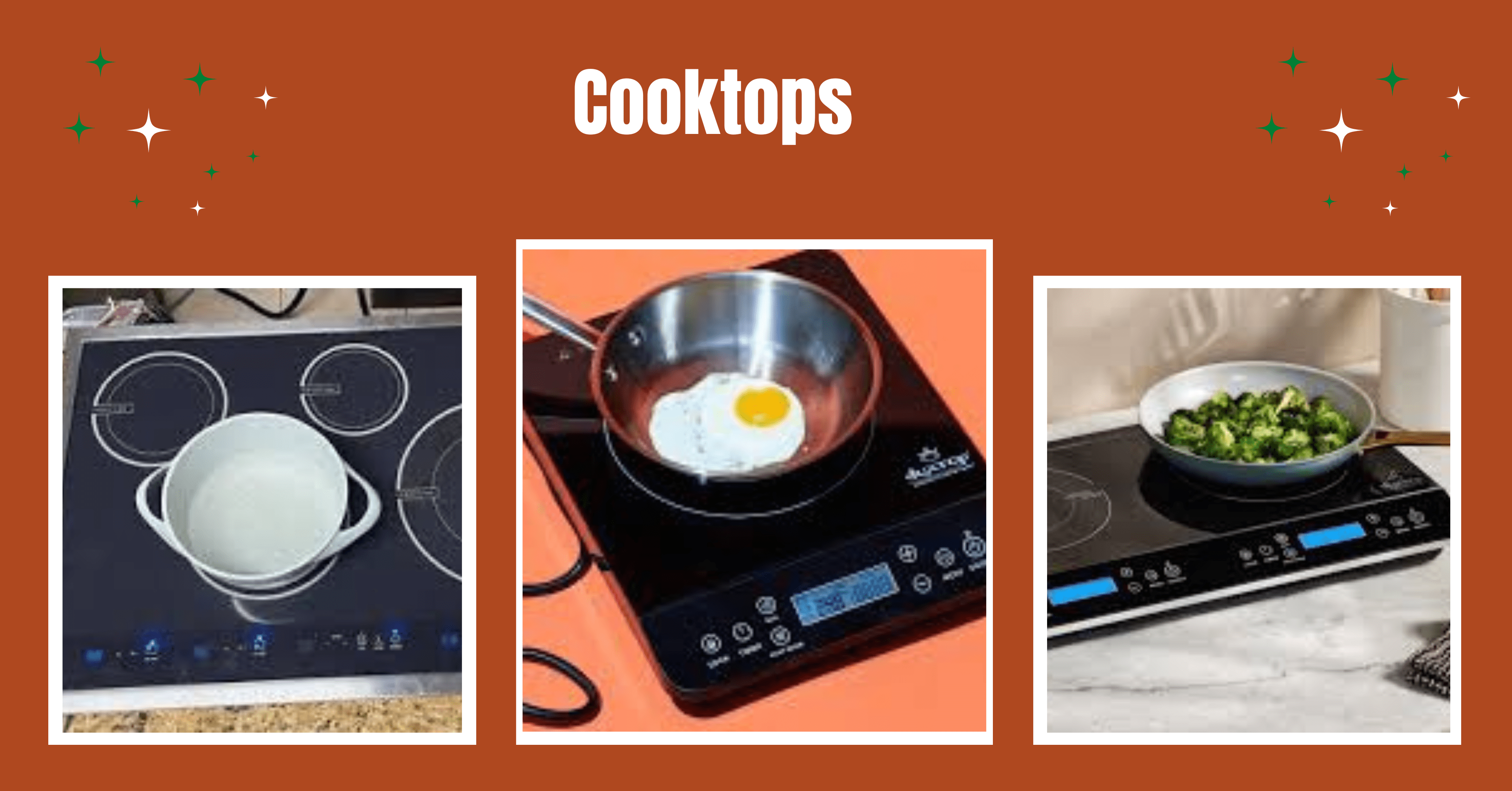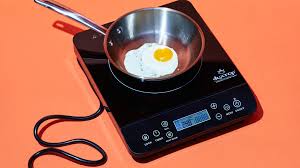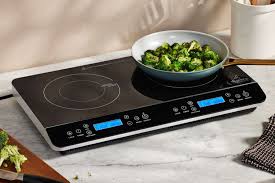Choosing the right cooktops is one of the most important decisions you’ll make for your kitchen. Whether you’re a casual home cook or a professional chef, the cooktop is where most of your culinary magic happens. From boiling water for pasta to searing the perfect steak, the cooktop is a kitchen essential that determines not only how your food turns out but also how your kitchen looks and functions.
In this article, we’ll explore everything you need to know about cooktops—from the different types available to their features, and benefits, and how to choose the perfect one for your home. Ready to cook up some knowledge? Let’s dive in!
What is a Cooktop?
A cooktop is a flat surface in your kitchen where you place pots and pans to cook food. It’s an appliance embedded into your countertop, offering a streamlined, modern look. Unlike traditional stoves that come with an oven underneath, cooktops are separate from ovens, allowing more flexibility in kitchen design and layout.
Types of Cooktops
When it comes to cooktops, you’re spoiled for choice. There are several types available, each offering different features, cooking styles, and price points. Let’s break down the most popular types.
Gas Cooktops
Gas cooktops are a favorite among professional chefs because of their immediate heat control. Using an open flame, gas cooktops allow you to adjust the temperature instantly, offering precise cooking results. They often come with multiple burners, making it easy to handle different types of cooking simultaneously.
Pros:
- Immediate temperature control
- Compatible with all cookware types
- Ideal for high-heat cooking
Cons:
- Requires a gas line
- Can be harder to clean due to open flames and grates
Electric Cooktops
Electric cooktops come in two main varieties: coil and smooth top. Coil electric cooktops have metal coils that heat up, while smooth-top models have a sleek, glass-ceramic surface with heating elements beneath.
Pros:
- No need for a gas connection
- Smooth-top models are easy to clean
- Coil versions are budget-friendly
Cons:
- Slow to adjust the temperature
- Not as visually appealing as gas models
Induction Cooktops
Induction cooktops are the newest players in the kitchen appliance world. They use electromagnetic fields to directly heat the cookware rather than the cooktop surface itself. This offers lightning-fast heat and excellent energy efficiency.
Pros:
- Quick heating and cooling
- Energy-efficient
- Safe to touch since the surface doesn’t get as hot
Cons:
- Requires compatible magnetic cookware
- More expensive than gas or electric models
Key Features to Consider When Buying a Cooktop
Choosing the right cooktop for your kitchen requires more than just picking a type. There are several features to consider that can enhance your cooking experience. Here’s what to keep in mind:
Burner Types and Number
Most cooktops come with multiple burners, but the number of burners and their configuration can vary widely. If you frequently cook for a family or entertain guests, having more burners can be helpful. Additionally, some cooktops offer different burner sizes for more versatility, from simmering sauces to boiling water quickly.
Heat Control and Power
Gas cooktops are known for their excellent heat control, but electric and induction models have come a long way. Look for models with precise heat settings, including low heat for simmering and high heat for searing. Also, check the power rating, usually measured in BTUs (for gas) or watts (for electric and induction), to ensure you get a model that suits your cooking needs.
Cleaning and Maintenance
Nobody enjoys scrubbing a cooktop after dinner, so choose a model that’s easy to clean. Induction cooktops and smooth-top electric models are generally easier to maintain than gas cooktops, which have grates and burners that can trap food particles.
Safety Features
Safety is crucial, especially if you have children at home. Induction cooktops are the safest since the surface doesn’t get hot unless cookware is placed on it. Many modern cooktops also come with safety locks, automatic shut-off features, and residual heat indicators.
Cooktop Installation Options
Cooktops can be installed in various configurations depending on your kitchen design and available space. Here are the main options:
Built-In Cooktops
Built-in cooktops are designed to sit flush with your countertop for a seamless look. They can be placed anywhere in the kitchen, offering flexibility in kitchen layout. This option is perfect for modern kitchens aiming for a minimalist aesthetic.
Drop-In Cooktops
Drop-in cooktops are similar to built-in models but are dropped into a cutout in the countertop, leaving the edges of the cooktop slightly raised. This is a more traditional style and can be easier to install than a fully built-in model.
How to Choose the Best Cooktop for Your Kitchen
With so many options available, choosing the best cooktop can be overwhelming. Here are a few factors to consider when making your decision:
Cooking Habits
Are you a busy home cook who enjoys experimenting with different recipes? Or do you prefer simple meals with minimal fuss? If you cook a lot and like to be in control of your heat levels, a gas cooktop might be best. If you value quick cleanups and efficiency, consider an induction model.
Kitchen Aesthetic
Your cooktop is not just a functional appliance; it’s also a key part of your kitchen’s design. Smooth-top electric and induction cooktops offer a sleek, modern look, while gas cooktops provide a more industrial, professional kitchen vibe.
Budget
Cooktops vary widely in price, with induction models being the most expensive. Determine your budget beforehand and weigh the cost against the features you truly need. Remember that a more expensive cooktop may offer long-term savings in energy efficiency and durability.
Conclusion
The cooktop is truly the heart of your kitchen, and choosing the right one can elevate your cooking experience. Whether you prefer the precision of gas, the ease of electricity, or the efficiency of induction, there’s a cooktop out there that suits your needs. Keep in mind your cooking habits, kitchen layout, and safety considerations as you make your decision, and you’ll be well on your way to creating culinary masterpieces. Visit more.
No, induction cooktops require cookware with magnetic properties, such as cast iron or stainless steel.
No, induction cooktops require cookware with magnetic properties, such as cast iron or stainless steel.
How do I clean a glass-ceramic cooktop?
Use a soft cloth with a non-abrasive cleaner designed for glass-ceramic surfaces. Avoid harsh scrubbing to prevent scratches.
Yes, as long as the kitchen is well-ventilated and the gas connections are installed correctly by a professional.
No, induction cooktops are actually more energy-efficient than traditional electric cooktops because they heat cookware directly.
It’s recommended to have a professional install your cooktop, especially if it involves gas or electrical connections.





